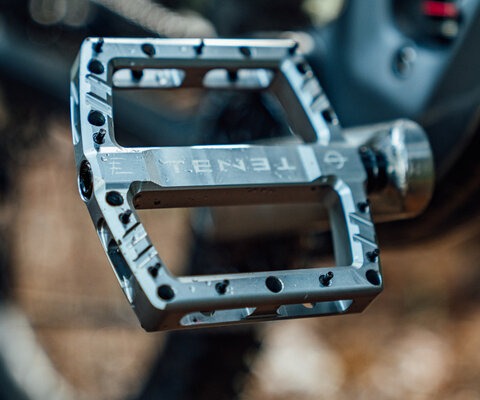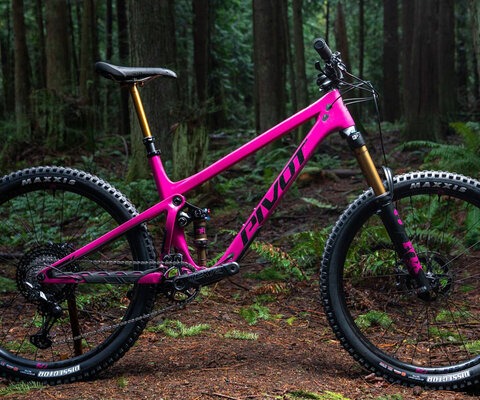
Smith Forefron Helmet Review
When Smith introduced the Forefront to the mountain biking world in 2014, it was a fresh take on what a helmet could be.
It some how checked all the boxes: full coverage, lightweight and comfortable. Not to mention the aesthetics, which bumped it into a category of its own. For 2015, the line was improved—yes, always still possible—with the addition of the MIPS protection system, a slip plane that reduces force from rotational impact. Now with two innovative technologies at play and another year of development under the belt, we’re taking a renewed look at the Forefront.
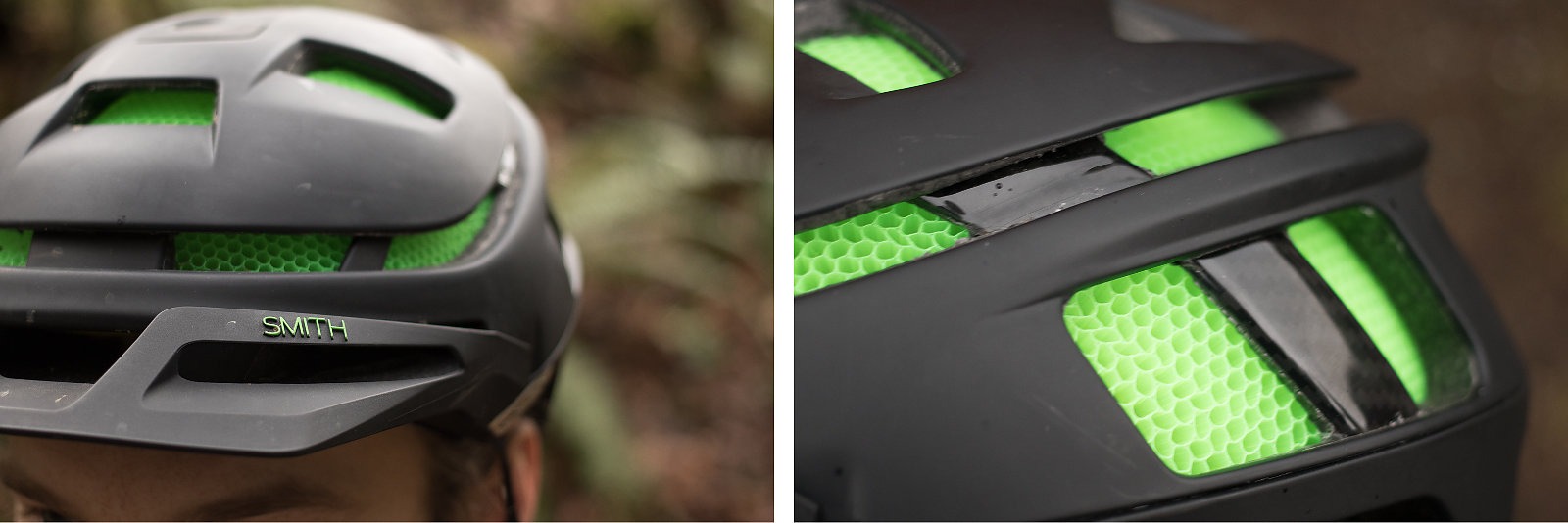
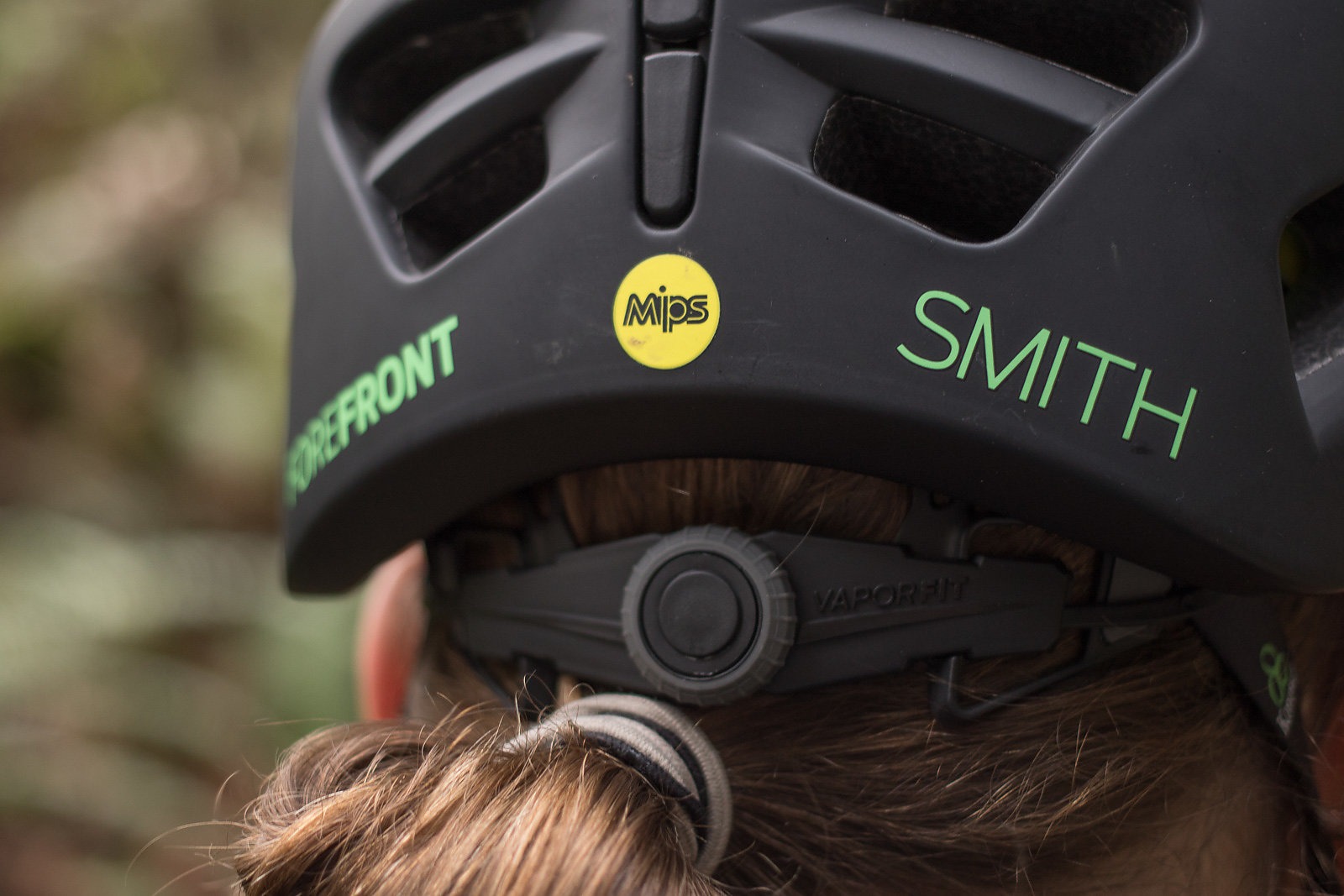
The construction of the Forefront is what makes it different from any other helmet on the market. The inside of the helmet is made with Smith’s Aerocore construction, a technology that improves impact resistance while also increasing airflow. Think of Aerocore as thousands of small (maybe half-inch) lengths of plastic straws glued vertically together. That’s kind of what it looks like too.
Thankfully, this Aerocore isn’t your typical Pepsi-sipping plastic, it’s actually co-polymer tubes that are thermally welded together and were originated by Koroyd as an aerospace technology. The pattern makes it so that on impact, the tubes crush in a predicted manner, reducing the energy of the impact. On the outside of the Aerocore is EPS, or Expanded PolyStyrene, the more traditional helmet Styrofoam. It’s the combination of these two materials that allow the Forefront to use less materials while also efficiently absorb energy upon impact.
This use of less material also means a lighter helmet with better airflow. At 12 ounces, the Forefront is one of (if not the) lightest helmet on the market. It’s pretty remarkable actually, and even compared to other so-called “light” helmets, I immediately noticed a difference with the Forefront. And I’m the last person you’ll find who cares about weight; I’ve gone for rides with a three-pound DLSR in my backpack and forgotten to use it. As for the ventilation, the 21 vents speak for themselves. Even with the helmet’s sizeable coverage, the airflow from the Aerocore helps regulate temperature like no other. Overheating is not a problem.
Smith’s VaporFit system is the device that allows for up to five centimeters of adjustability, and thus the perfect fit. The whole system itself is held in place by plastic bands that are engineered for a little bit of play, making sure it’s not uncomfortably tight. On the front end, the visor has two positions, up or down. The visor itself is pretty minimal, but never inadequate.

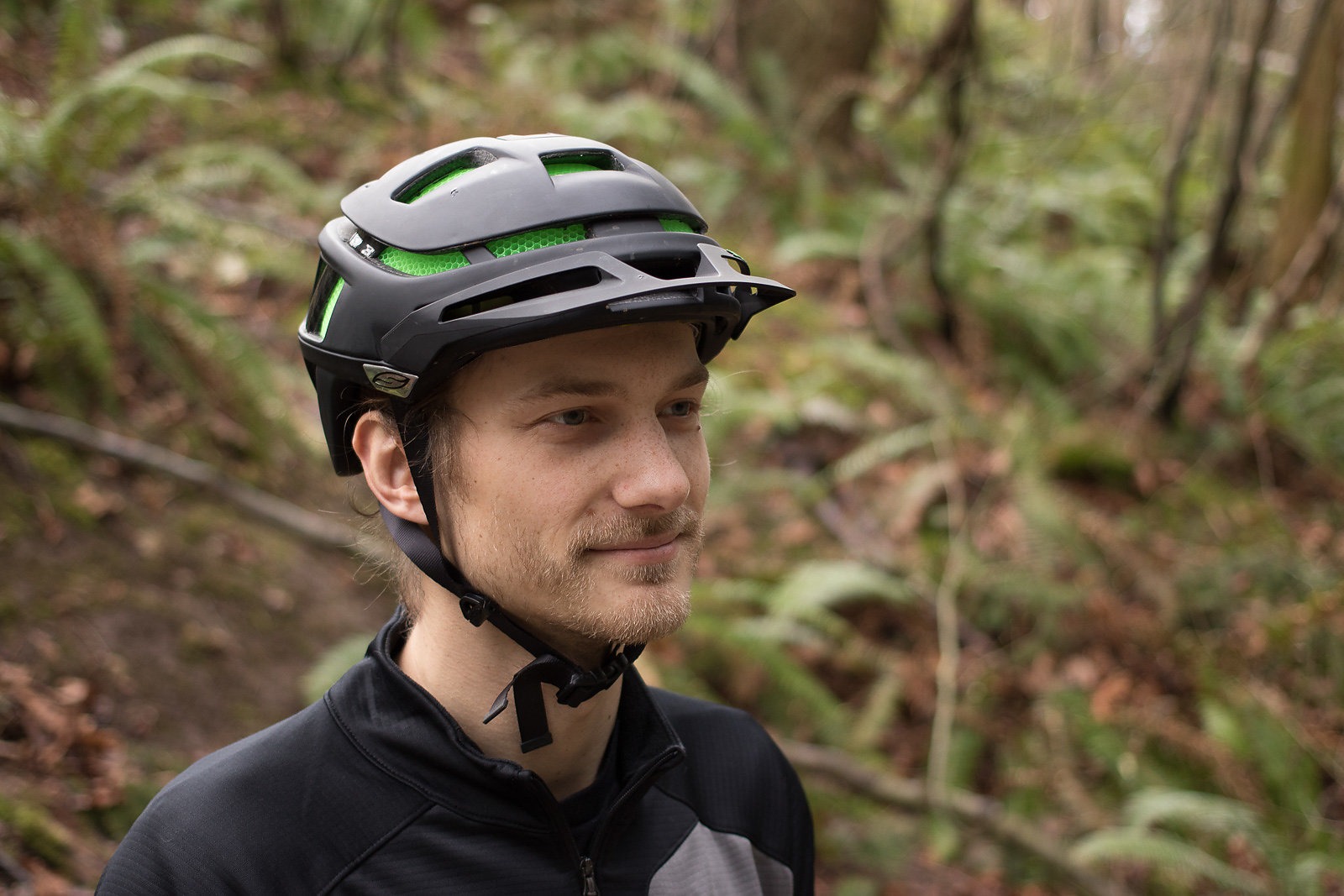
The inside of the helmet is lined with MIPS, a low-friction slip plane system that reduces rotational forces on impact. When the brain hits the ground at anything other than a static angle (which on most impacts it does) there are rotational forces that traditional helmets are not designed around. MIPS’s slip plane mimics the human body’s own membrane that is in-between the brain and the skull. This allowance for movement, even if it’s only a few millimeters, can greatly reduce the rotational forces. Biomimicry at its finest!
Aside from the beginning, I’ve refrained from elaborating on the visual appeal of the Forefront, partly because it’s the last thing the matters when picking a helmet, but also because I’m incredibly biased. I think it has the most elegant design of any helmet I’ve seen. However, this is all my personal opinion and I have overheard other people criticize it pretty tough. To each their own.
Two years after its initial release, the Forefront still checks all the boxes, and more, thanks to the addition of MIPS. Now for the reality check; along with the above average features of the Forefront comes an above average price. At $260, some people might call it the helmet’s downfall. I like to think of it more as getting what you pay for. After all, that space technology takes some serious R&D.
MSRP: $260
See more of the Forefront at www.smithoptics.com
